Nowadays most of the rosaries have been created with wood or glass prayer beads, however, there was once such a time when prayer nuts were used by the wealthy Europeans. The prayer nuts were intricate and small-scale carvings of boxwood. Each nut had detailed work done in it that depicted the Biblical stories.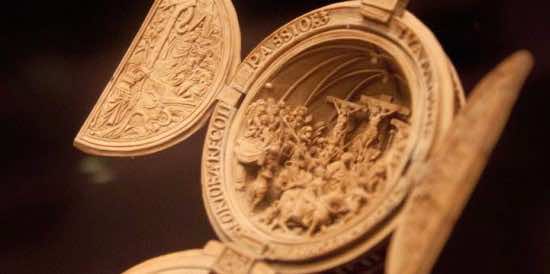
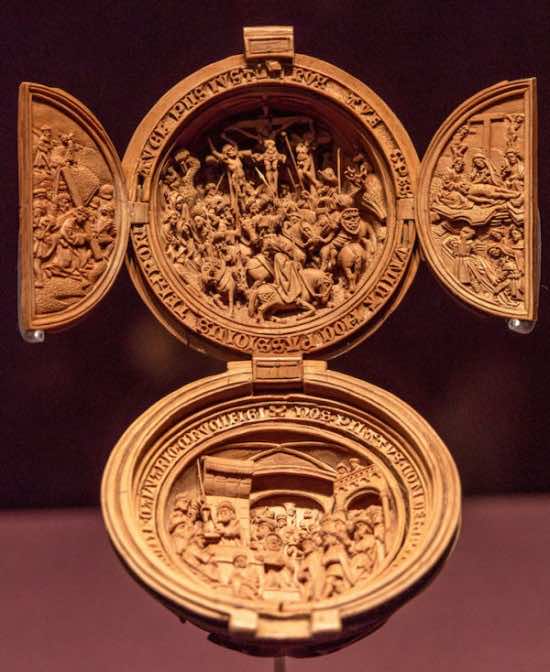
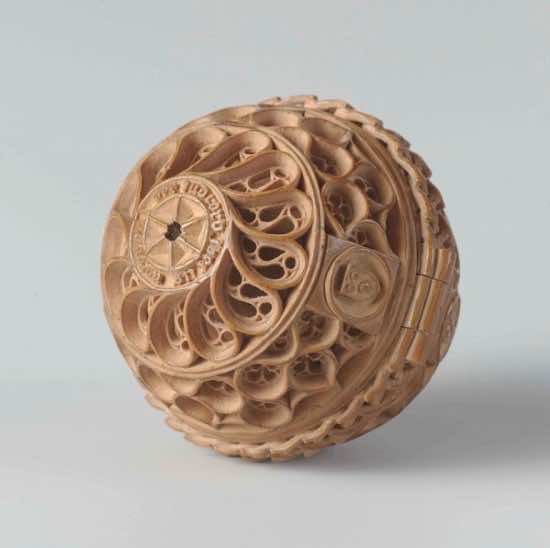
These wooden orbs, delicate in nature, had been designed so that they could be worn on a rosary or on a belt by those who belonged to nobles or wealthy merchants in northern Europe. Fragrance was also added into the orbs, so in all likelihood it may also have served as pomanders.
According to the recent studies, the prayer nuts in the early 16th century were scaled down to the point where it was not practical to use them anymore. The religiously ascribed significance receded and the nuts were later on made only for studying and marveling at.
The prayer nuts from the Netherlands are in some of the world’s leading museum nowadays. A North Netherlandish prayer orb that dates back to the 1st quarter of the 16th century was cataloged by auction house Sotheby’s and was subsequently sold for more than $185,000.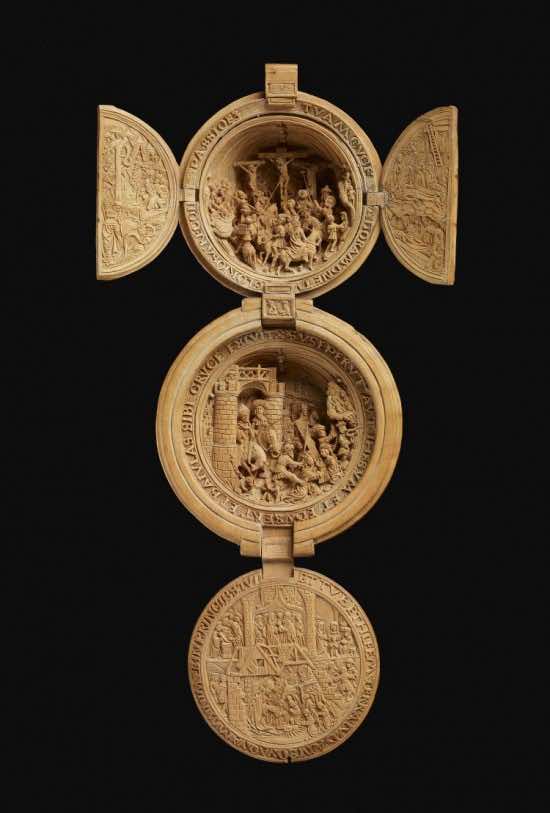
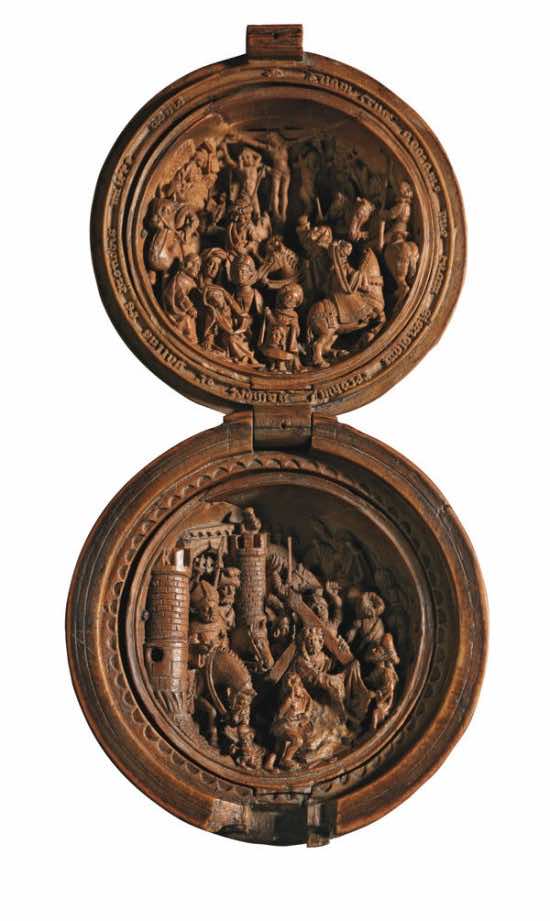
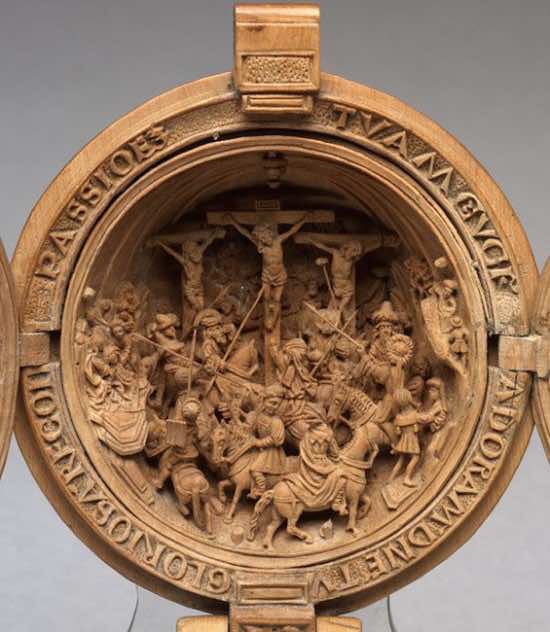
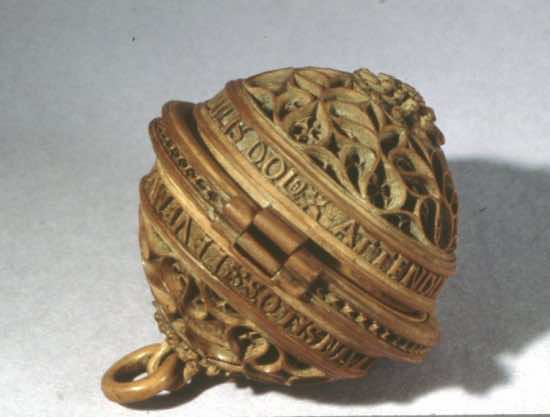
As per the website of auction house, the exterior had “a regular network of drop-shaped recesses with quatrefoil piercings and a band of twisted branches that resemble a crown of thorns.” When opened, “two intricate concave reliefs representing Christ on the road to Calvary and the Crucifixion are revealed. The two scenes, each less than 4 centimeters in diameter include no less than 27 men, 10 horses, 5 women, a bishop, a little boy, a castle and a camel.”
Another Netherlandish orb that has been featured on the British Museum website dates back to 1500-30 A.D. The website reveals, “This spherical bead is carved on the outside with Gothic architectural detail,” the website explains, while the interiors are carved variously with scenes from the Old Testament and the New Testament. The upper half is fitted with two doors, carved on both the inner and outer panels, which open to reveal the Crucifixion, crowded with minuscule figures in high relief. The lower half is fitted with one door, carved on both sides and opening to reveal a complex scene showing the Bearing of the Cross.”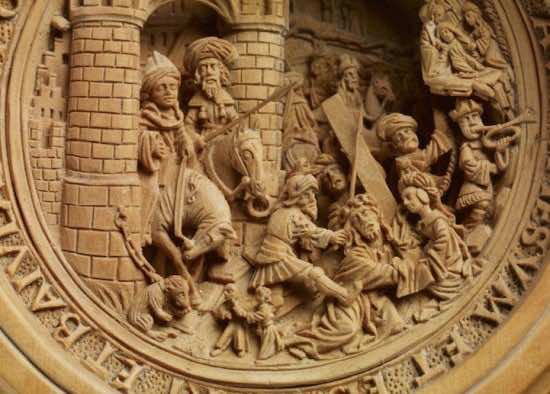
It amazes us to see how such intricate designs have been carved onto such small nuts with wonderful precision. The craftsmen were clearly amazingly skilled.


